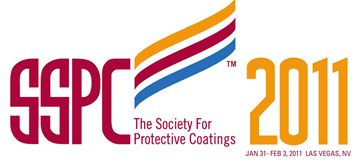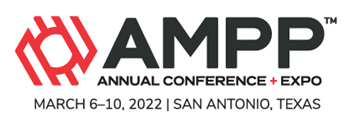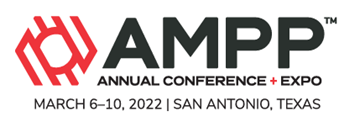Search
Coatings
View as
Sort by
Display
per page
Waterborne Coatings for Heavy Duty Applications in M&PC Market
Product Number:
41211-605-SG
Publication Date:
2011
$20.00
Waterborne Coatings for Water and Wastewater Treatment Plants
Product Number:
41205-174-SG
Publication Date:
2005
$20.00
Waterborne Coatings with Increased Cross Link Performance
Product Number:
41214-845-SG
Publication Date:
2014
$20.00
Waterborne Epoxy Hybrid Coatings for Commercial Architectural Applications
Product Number:
41214-820-SG
Publication Date:
2014
$20.00
Waterborne Functional Coatings: Combatting Noise, Heat and Air Pollution
Product Number:
41216-998-SG
Publication Date:
2016
$20.00
Waterproofing Concrete; A Guide to Using Water Repellent Sealers and Thick Film Barrier Coatings
Product Number:
41206-248-SG
Publication Date:
2006
$20.00
Waterproofing Membranes: A Vital Component of the Bridge of the Future
Product Number:
41206-257-SG
Publication Date:
2006
$20.00
Wear Performance Evaluation Of Chrome Carbide Overlays (Ccos)
Product Number:
51322-17748-SG
Publication Date:
2022
$20.00
Well Casing Cathodic Performance Review - Case Studies
Product Number:
51322-17688-SG
Publication Date:
2022
$20.00
Wet Abrasive Blasting: an Overview of Surface Cleaning Alternatives
Product Number:
51219-190-SG
Publication Date:
2019
$20.00
Wet Abrasive Blasting: the Future of Surface Preparation and the Effects it has on Steel
Product Number:
51220-232-SG
Publication Date:
2020
$20.00
What Happens to Zinc Under Hot Insulation?
Product Number:
41215-883-SG
Publication Date:
2015
$20.00












